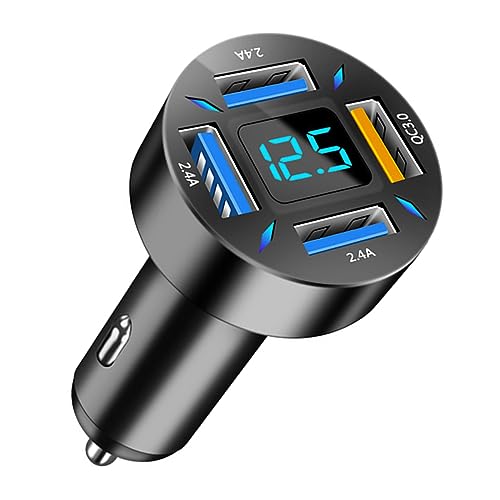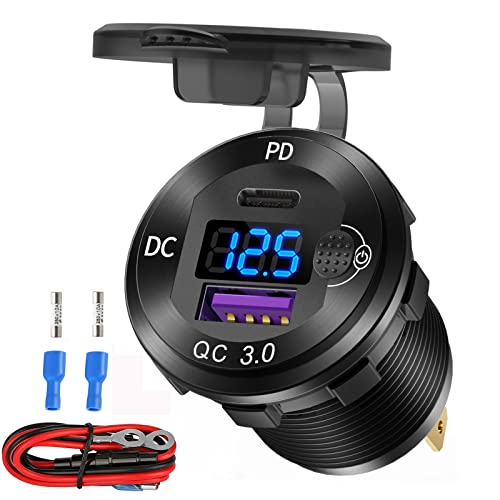Chevy Volt Charging Port Overview
The Chevrolet Volt features a charging port designed for connecting your vehicle to an electric power source.
Location of this port is typically on the front left side, which allows for convenient access at charging stations or with home charging equipment.
Functionality: Your Volt’s charging port includes a connector for the SAE J1772 plug, which is the standard for electric vehicles (EV) in North America.
This ensures compatibility with Level 1 and Level 2 charging stations. When connected, the Volt can be charged using either 120V (Level 1) or 240V (Level 2) power sources.
Indicators: A light indicator nearby the charging port gives you instant feedback about the charging status.
For example, a solid green light indicates a full charge, while a blinking green light means charging is in progress.
Durability and Maintenance: The port is built to withstand regular use and diverse weather conditions; however, over time, wear and tear or unforeseen damage may necessitate repair or replacement.
Safety Note: When interacting with your charging port, make sure your hands are dry and you’re not standing in water to reduce risk of electric shock.
Moreover, regularly inspect your charging cable and the port for any signs of damage to maintain safe operation.
Cost Analysis of Charging Port Repair

When considering a repair for your Chevy Volt’s charging port, it’s important to take into account both the factors that will affect the cost and the estimated expenses you may incur.
Repair Cost Varies Based on the Following
The cost to repair your Chevy Volt’s charging port can fluctuate depending on several key components:
- Part Quality: You can opt for OEM (Original Equipment Manufacturer) parts which are generally more expensive, or aftermarket alternatives that may be more cost-effective.
- Labor Rates: Repair labor costs vary by geographic location and the service provider. Authorized dealerships may charge more than independent repair shops.
- Warranty Status: If your vehicle is still under warranty, some or all repair costs might be covered.
- Severity of Damage: Minor damage might only require a simple fix, while extensive harm could lead to higher costs.
Estimated Repair Costs
Given these variables, here’s a general breakdown of potential repair fees for your Chevy Volt’s charging port:
| Repair Type | Cost Range |
|---|---|
| Diagnostic Fee | $50 – $100 |
| Charging Port Replacement (Part Only) | $150 – $700 |
| Labor for Replacement | $100 – $300 |
These price ranges are based on market data at the time of writing but are subject to change. It is advisable to get a tailored quote from a certified technician for the most accurate assessment of repair costs for your specific situation.
Repair Process
The repair of your Chevy Volt’s charging port involves a systematic approach to ensure functionality is restored effectively.
Diagnosis and Assessment
Your vehicle will be thoroughly inspected to pinpoint the exact issue with the charging port.
Technicians will use diagnostic tools to assess the electrical connections and the integrity of the port itself.
- Visual Inspection: A close examination for any physical damage.
- Diagnostic Scan: Electronic testing to check for faults or error codes.
Component Replacement
If a fault is found, the damaged component will require replacement. Parts are sourced from reputable suppliers to make sure they are compatible with your Chevy Volt.
- Parts Sourcing: Only OEM or certified aftermarket parts are used.
- Installation: Skilled technicians will install the new charging port.
Quality and Safety Checks
Once the new charging port is installed, your vehicle will undergo a series of tests to ensure that it meets the necessary safety standards and operates as intended.
- Functional Testing: The charging system is tested for performance and reliability.
- Safety Inspection: Electrical systems are checked to prevent any hazards.




